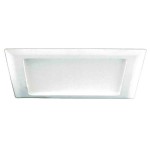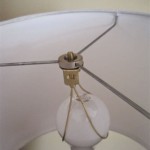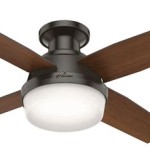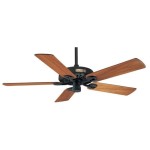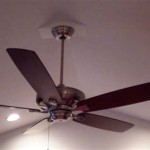Ceiling Light Wire Gauge: A Comprehensive Guide
When it comes to electrical wiring, choosing the right wire gauge is crucial to ensure safety and optimal performance. This is especially true for ceiling lights, as the wiring must be able to handle the electrical load of the fixture and its bulbs.
Ceiling light wire gauge is measured in American Wire Gauge (AWG), with lower numbers indicating larger wire diameters. The appropriate wire gauge for your ceiling light will depend on several factors, including the amperage of the fixture, the distance from the power source to the fixture, and the type of bulbs being used.
1. Amperage of the Fixture
The amperage of the fixture is a key factor in determining the appropriate wire gauge. Amperage refers to the amount of electrical current that the fixture draws, which is directly related to the power it consumes. Fixtures with higher amperage require larger wire diameters to handle the increased current flow.
2. Distance from the Power Source
The distance from the power source to the fixture also plays a role in determining the wire gauge. As the distance increases, the voltage drop in the wire increases, which can lead to reduced light output and potential safety hazards. Larger wire diameters help minimize voltage drop over longer distances.
3. Type of Bulbs
The type of bulbs being used in the fixture can also affect the wire gauge requirement. Incandescent bulbs, which are less efficient than LED or CFL bulbs, draw more current for the same amount of light output. Therefore, fixtures with incandescent bulbs may require larger wire gauges compared to fixtures with more efficient bulb types.
4. Wire Gauge Recommendations
Based on the factors mentioned above, here are some general wire gauge recommendations for ceiling lights:
- Up to 15 amps: 14 AWG wire
- 15-20 amps: 12 AWG wire
- 20-30 amps: 10 AWG wire
It's important to note that these are just general guidelines. Always consult the specific instructions provided by the fixture manufacturer to determine the recommended wire gauge for your application.
5. Safety Precautions
When working with electrical wiring, it is crucial to follow all safety precautions. Always turn off the power at the breaker before working on the wiring. Use appropriate tools and wear safety gear, such as gloves and safety glasses. If you are not comfortable working with electrical wiring, it is best to hire a qualified electrician.
By choosing the appropriate wire gauge and following the safety precautions, you can ensure the safe and efficient operation of your ceiling lights.
What Size Wire Do You Use For Lights And Receptacles Quora

Pendant With 18 Gauge Twisted Pair Wire Sundial

How To Install A Ceiling Light Fixture Diy Family Handyman
What Size Wire Do You Use For Lights And Receptacles Quora
How To Hardwire A Light Fixture Beautiful Mess

How To Install A Ceiling Light Fixture Diy Family Handyman

What Wire Gauge Is Recommended For A Ceiling Fan That Has Light

Garage Work Lighting Plug In Cord Wiring Update

Garage Work Lighting Plug In Cord Wiring Update
What Gauge Wire Is Used For Recessed Lighting Quora
Related Posts

